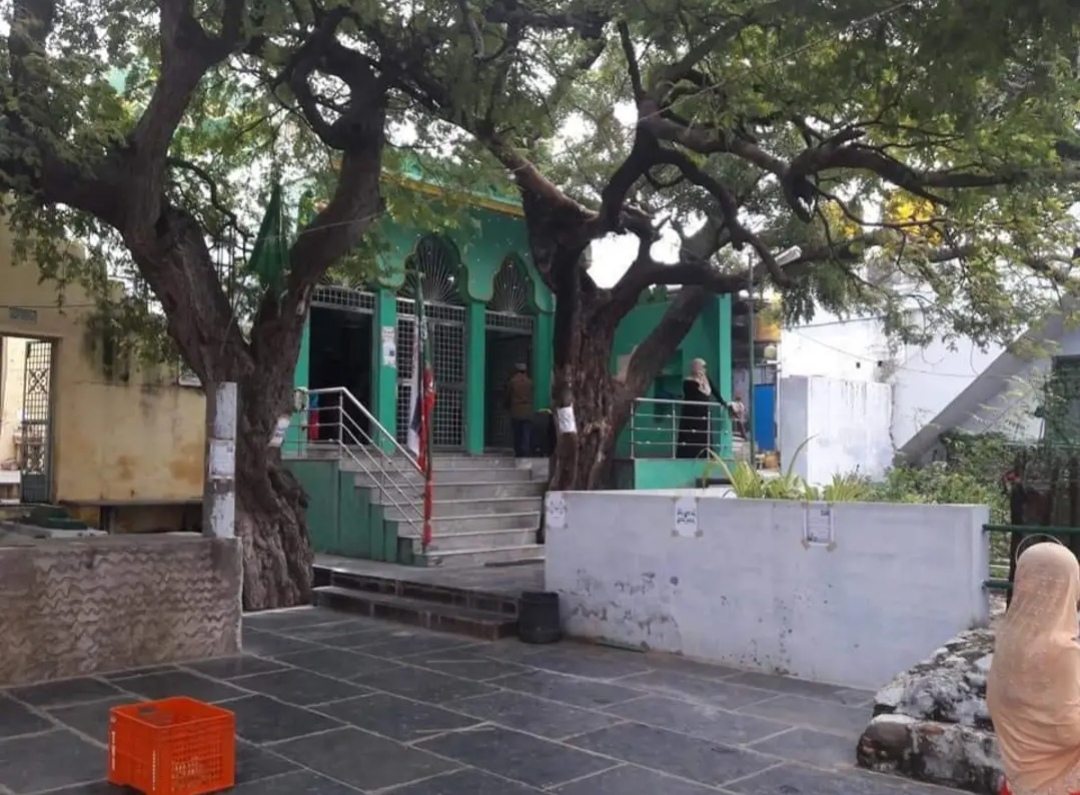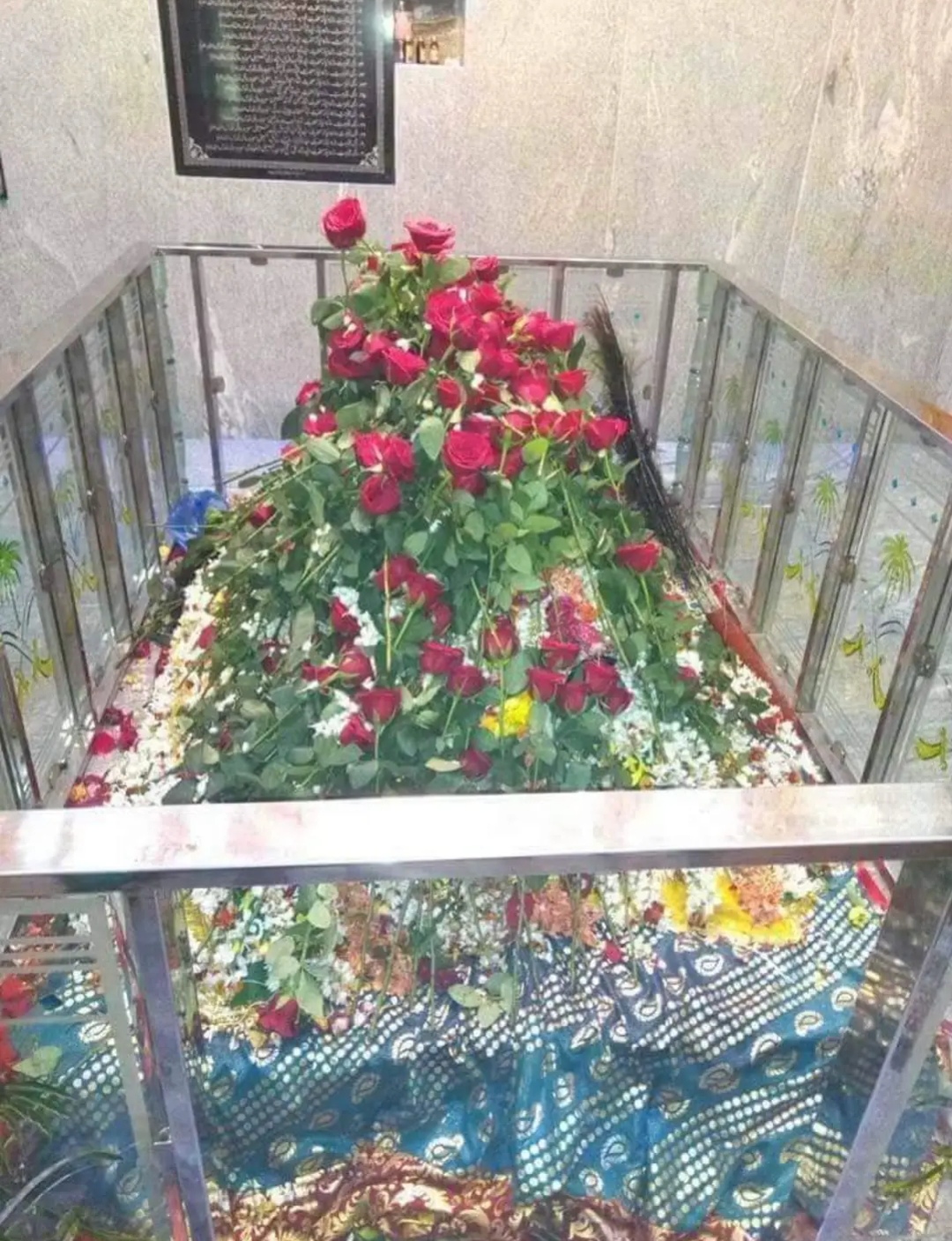


Hazrat Syed Shah Ali Ganjul Asrar Hussaini al Baghdadi Suhrawardi (R.A.), also known as Shah Ali Ganjul Asrar, was a highly revered Sufi saint of the Suhrawardiyya and Qadiriyya orders. He was born in Baghdad into the sacred lineage of Hazrat Imam Hussain (R.A.), hence the title "Hussaini." From a young age, Hazrat Shah Ali showed signs of deep spirituality, excelling both in worldly knowledge and spiritual teachings. Hazrat Shah Ali became a disciple of Hazrat Syed Shah Bahauddin Razzaq Hussaini Suhrawardi (R.A.). After rigorous spiritual training, he was granted the Khirqa (spiritual robe) of both the Suhrawardiyya and Qadiriyya Sufi orders, signifying his position as a successor. His master then instructed him to spread the message of Islam. Following this mandate, Hazrat Shah Ali travelled across Bengal and ultimately settled in Gooty, Andhra Pradesh. At the time, Gooty was rife with communal disharmony and religious innovations. His arrival marked a significant change, as people, regardless of their religious backgrounds, began to respect him for his wisdom, piety, and miraculous abilities. One of the most famous stories about Hazrat Shah Ali’s time in Gooty involves an unbeliever who challenged him to prove his spiritual authority. The saint calmly responded by performing a miracle—walking on water and offering voluntary prayers (Nafil Namaz) on the surface of a well. This miraculous event convinced many locals of his divine connection, leading to widespread conversions to Islam. The land around the well was then gifted to him, where he made his permanent abode and where his mausoleum, or dargah, stands today. The dargah, known as "Aastana-e-Aaliya Suhrawardiyya," became a centre for Islamic learning and spiritual guidance. Hazrat Shah Ali's descendants, who still live in the area, continue to uphold his mission. The annual Urs (death anniversary) is celebrated with great devotion every year on the 11th of Rabi-us-Sani, attracting hundreds of devotees. The Urs is marked by traditional rituals, including the offering of Sandal Paste (Sandal Sharif) on the 10th day, followed by Urs on the 11th day, and Ziyarah (visitation of the saint’s tomb) on the 12th day. In addition to the annual Urs, the "Khatme Khwajagan Suhrawardiyya" is conducted on the 11th day of every lunar month. Followers gather for Zikr (remembrance of God) and to receive blessings through the spiritual practices established by the saint. Hazrat Shah Ali’s mausoleum is an architectural marvel that underwent restoration in 1974 and expansion in 2011 to accommodate the increasing number of devotees. Beside the mausoleum is a small mosque, "Masjid-e-Gouse-e-Azam," and a cemetery. The Suhrawardiyya Mosque in Sha Ali Nagar, built in 2006, is named after the saint and is considered the first mosque with the Suhrawardiyya name in India. Hazrat Syed Shah Ali Ganjul Asrar Hussaini al Baghdadi Suhrawardi (R.A.) left an indelible mark on the spiritual landscape of Gooty and beyond, continuing to inspire people to this day.